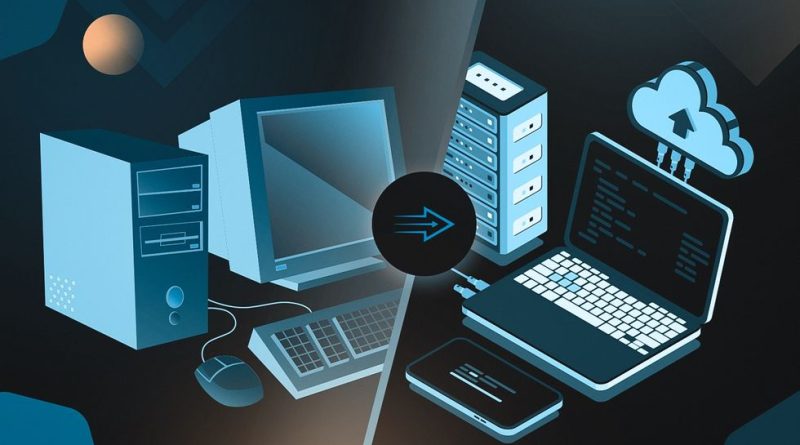Exploring the Creative Solutions Control Integrators Bring to Legacy Systems
Industries relying on legacy systems often grapple with balancing innovation and continuity. While older systems have proven their reliability, they may lack the modern features needed to keep pace with today’s demands. Control integrators specialize in bridging this gap, offering creative solutions that maintain the core value of legacy systems while infusing them with cutting-edge capabilities.
Innovative Upgrades Preserving the Core Functionality of Older Systems
Legacy systems hold a wealth of operational wisdom that businesses are reluctant to abandon. Control integrators recognize this value and focus on modernizing these systems without disrupting their foundational functionality. Instead of replacing the entire infrastructure, they target key components for upgrades.
One way they achieve this is by introducing advanced controllers or automation components that enhance efficiency while maintaining the system’s original purpose. These upgrades can improve performance and reduce downtime without requiring a steep learning curve for operators. The ability to retain what works while integrating strategic enhancements allows businesses to get the best of both worlds—proven reliability paired with modern capabilities.
Seamless Integration of Modern Technologies with Legacy Infrastructure
Combining new technologies with older infrastructure may sound like a puzzle, but control integrators excel at making these transitions smooth. They carefully analyze the existing systems to identify areas where modern technology can improve efficiency without causing compatibility issues.
Integrators often employ advanced middleware or custom software to create communication pathways between old and new components. This ensures the systems work together seamlessly, whether it involves integrating IoT sensors for real-time monitoring or connecting older machines to centralized control platforms. The result is a unified system that incorporates cutting-edge features while respecting the limitations of the original infrastructure.
Tailored Interfaces Enhancing Usability Without Overhauling Entire Systems
Legacy systems often come with outdated interfaces that can be difficult to operate. Control integrators address this by designing customized interfaces that improve usability without requiring an overhaul of the entire system. These tailored interfaces bridge the gap between the system’s original controls and modern user expectations.
For example, integrators might replace cumbersome control panels with user-friendly touchscreens or HMIs. These updates make it easier for operators to interact with the system, increasing efficiency and reducing the likelihood of errors. By focusing on enhancing the user experience, control integrators ensure that legacy systems remain functional and accessible in a fast-evolving industrial landscape.
Cost-Effective Solutions Extending the Lifespan of Existing Equipment
Completely replacing a legacy system is often prohibitively expensive, particularly for industries operating on tight budgets. Control integrators offer cost-effective alternatives that extend the lifespan of existing equipment, providing a smart financial strategy for businesses.
This approach often involves targeted upgrades such as retrofitting machines with modern controls or adding automation capabilities to manual processes. These updates breathe new life into old equipment, enabling it to meet contemporary standards without the need for extensive capital investment. By focusing on incremental improvements, control integrators help businesses achieve their goals without breaking the bank.
Adaptive Protocols Enabling Communication Between Old and New Systems
One of the most significant challenges of integrating modern technologies with legacy systems is ensuring that they can communicate effectively. Control integrators tackle this issue by developing adaptive protocols that act as translators between old and new components.
These protocols might include converting outdated communication methods into formats compatible with current standards. For instance, integrators could enable an older machine to send data to a modern PLC or SCADA system, creating a cohesive network. This ability to bridge communication gaps allows businesses to leverage the strengths of their legacy systems while benefiting from modern technological advancements.
Smart Automation Bringing New Life to Traditional Processes
Traditional processes often rely heavily on manual labor, but control integrators can transform these workflows with smart automation. By introducing automated systems, they improve productivity and consistency while reducing the physical demands on workers.
This could involve automating repetitive tasks or using robotics to handle dangerous or precise operations. Control integrators design these systems to align with existing processes, ensuring a smooth transition. The result is a modernized operation that maintains the essence of the original workflow while incorporating the efficiency and safety benefits of automation.

